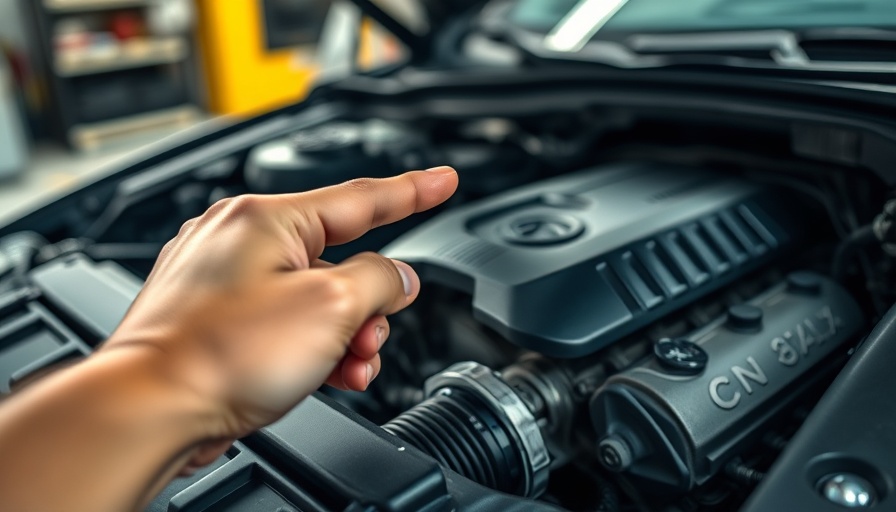
Unlocking the Secrets to a Long-Lasting Car
Owning a car is often seen as a rite of passage, but the challenge of keeping it running smoothly can feel daunting. How can you ensure your vehicle lasts beyond 250,000 miles without extensive repairs? In our exploration of this topic, we delve into actionable strategies that any car owner can implement.
In 'How To Make Your Car Last Over 250k Miles Without Major Repairs', the discussion dives into crucial vehicle maintenance practices, exploring key insights that sparked deeper analysis on our end.
The Importance of Regular Check-Ups
Just like how our bodies need regular check-ups to stay healthy, cars require consistent maintenance checklists to function optimally. Most people know to check their oil, but monitoring key fluids makes a significant difference. According to insights presented in How To Make Your Car Last Over 250k Miles Without Major Repairs, these checks can easily become a structured routine. From tire pressure to brake fluid levels, we'll guide you on what to keep an eye on.
Your Monthly Maintenance Checklist
Monthly checks are formalities you can’t overlook. For example, keeping an eye on tire pressure can enhance fuel efficiency, offering both safety and cost-saving benefits. Rotating your tires every 5,000 miles is akin to flipping your mattress; it ensures even wear and longer lifespan. Alongside tire checks, remember to monitor your coolant and battery performance. It’s a quick process that can prevent major headaches down the road.
Quarterly Tasks: More than Just a Glance
Every three months, shift your focus slightly. For instance, examine your wiper blades. If they show signs of wear, replace them promptly. Wipers are essential for visibility and safety. Getting into the engine shouldn’t feel intimidating. Regular visual inspections of belts and hoses can alert you to problems long before they escalate, potentially saving you substantial repair costs.
What Happens at the Half-Year Mark?
Every six months, dive deeper into maintenance. By testing your battery's performance using a multimeter, you can catch issues before they leave you stranded. Regular tire rotations need to be scheduled too; each vehicle has specific rotation patterns, and adherence can prolong the lifespan of your tires significantly.
Annual Audits: A Necessary Review
Once a year, take the time to inspect your suspension and steering systems. Inefficient components in these systems not only create a bumpy ride, but they can also impair your control over the vehicle. Conducting brake checks is equally paramount; squeaking or grinding sounds are calls for prompt service. Additionally, replacing dirty air filters yearly can enhance efficiency and your driving experience.
Long-Term Strategies for Sustainability
When it’s time to make a change, remember that tires have a lifespan of approximately 5-7 years, regardless of appearance. Should you live in areas affected by snow, seasonal tire changes could be your friend. Thinking for the long haul, timely replacements of timing belts, engine coolant flushes, and battery checks will ensure your vehicle stays in excellent shape for years to come.
Make It a Family Affair
Involving family members in vehicle care can instill good habits and save money. Teach younger generations the importance of car maintenance, and make it a bonding experience. A simple tire pressure check or fluid monitor can become a fun weekend activity.
Final Thoughts and Next Steps
By following this structured approach to car maintenance, you can significantly extend the life of your vehicle. We encourage you to download a car maintenance app or create a physical checklist to stay on track. Remember, consistency is key!
 Add Row
Add Row  Add
Add 




 Add Row
Add Row  Add
Add 

Write A Comment